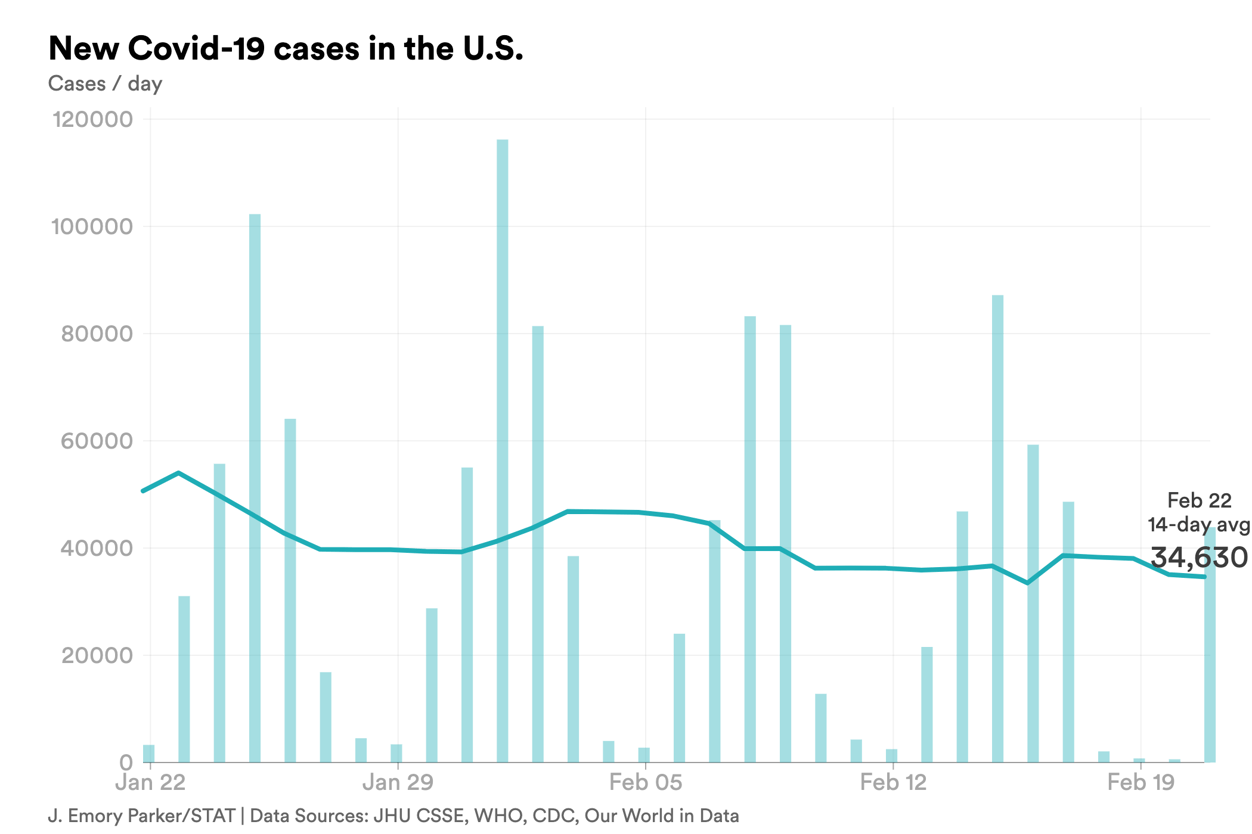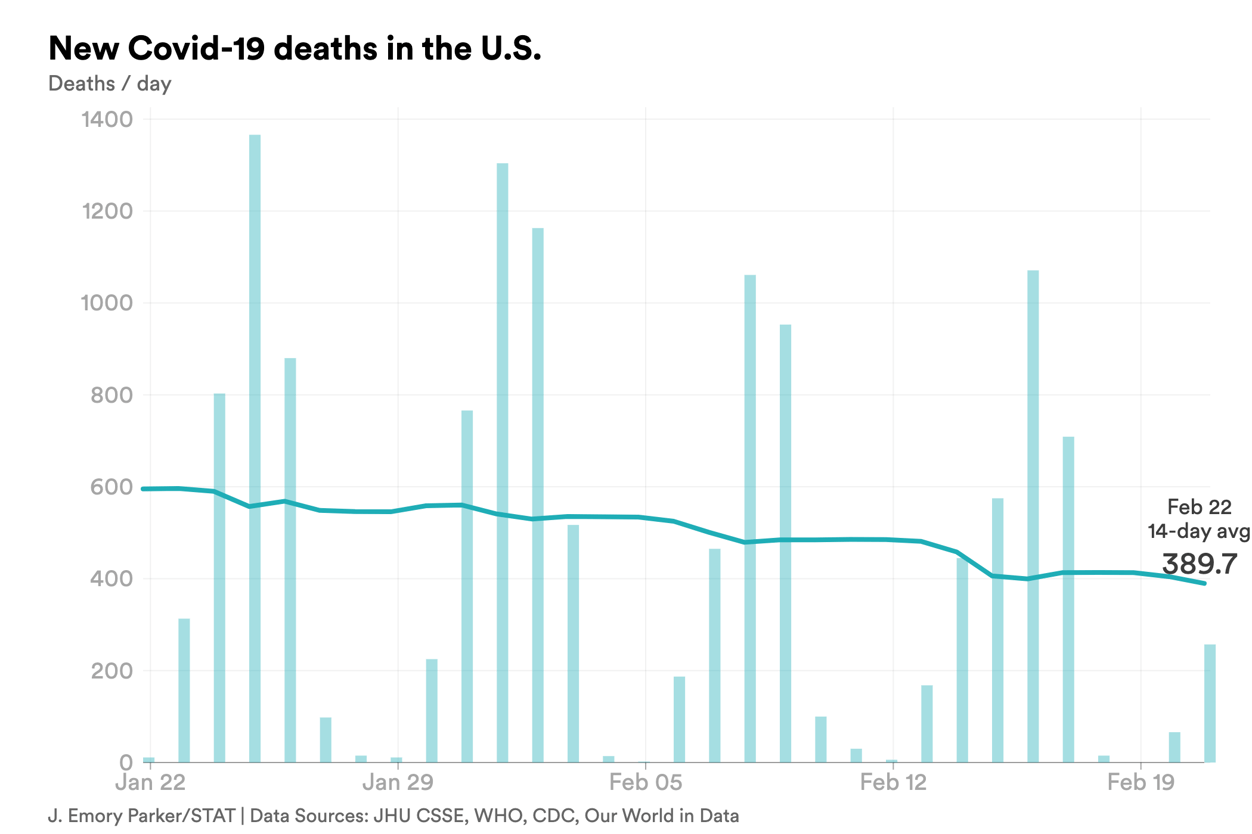Closer look
It's easy to buy 'weed,' even in as state where marijuana is illegal
 Nicholas Florko/STAT
Nicholas Florko/STAT
In Topeka, Kan., it's not hard to find cannabis products for sale. You can buy "Trips Ahoy" cookies, THC "Snickers," or THC-O to get high. All these and more are for sale even though Kansas is one of the few states that don't allow access to cannabis products: Kansas has no medical marijuana program, hasn't decriminalized weed, and could send you to jail for carrying a pipe or rolling papers.
That doesn't stop merchants who get around the law by selling slightly tweaked versions of marijuana containing the chemicals Delta-8 THC, Delta-10 THC, THC-O, or HHC. The trend worries public health officials, who fear that the minor changes made to the chemical structure of cannabis to make it technically legal can also change the way it impacts the body. "It's very much a 'buyer beware' kind of market," Stephen Thornton of the University of Kansas Health System told STAT's Nicholas Florko. Read more.
infectious diseases
Early RSV activity came from the same old strains, researchers report
Before the Covid-19 pandemic, annual epidemics of illness caused by respiratory syncytial virus, or RSV, were a winter event. But for the past two years, RSV activity has taken off extraordinarily early — in the late summer and early fall. In 2022 in particular, pediatric hospitals were overrun in September and October with kids struggling to breathe. Why the change in RSV's pattern? We still don't know the answer, but some researchers from Massachusetts General Hospital and the Broad Institute have taken one possibility off the table, STAT's Helen Branswell tells us.
The scientists studied viruses from some patients to see if they had become more transmissible or virulent. But the viruses were from strains that have been circulating since before Covid, they reported in NEJM yesterday. Mask wearing and social distancing efforts earlier in the pandemic may have lowered levels of immunity to RSV among kids, making them more vulnerable to the virus and spurring early spread, they suggested.
health
Aggressive end-of-life care is more common for cancer patients in nursing homes than at home
Former President Jimmy Carter's decision to receive hospice care at home comes to mind when reading this study on how Americans die. Despite decades of efforts to lessen aggressive care at the end of life, such measures are still common for older people with metastatic cancer. A new study in JAMA Network Open says the prevalence of such aggressive care for cancer patients is higher (64% vs. 58%) among nursing home residents than those who die at home.
More than one hospital admission in the last month of life was one of the main factors found in such cases of aggressive care, also defined as cancer surgery, radiotherapy, or chemotherapy within that 30 days. Those hospital stays are linked to a bigger burden of symptoms, delays in hospice enrollment, and higher costs — with no benefit for survival. These findings are consistent with years of research, but aggressive care being more common in nursing homes was "contrary to our hypothesis," the researchers write.
by the numbers


No comments